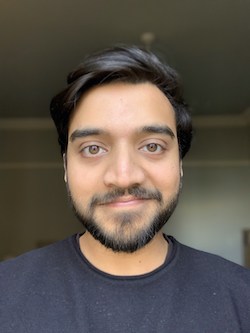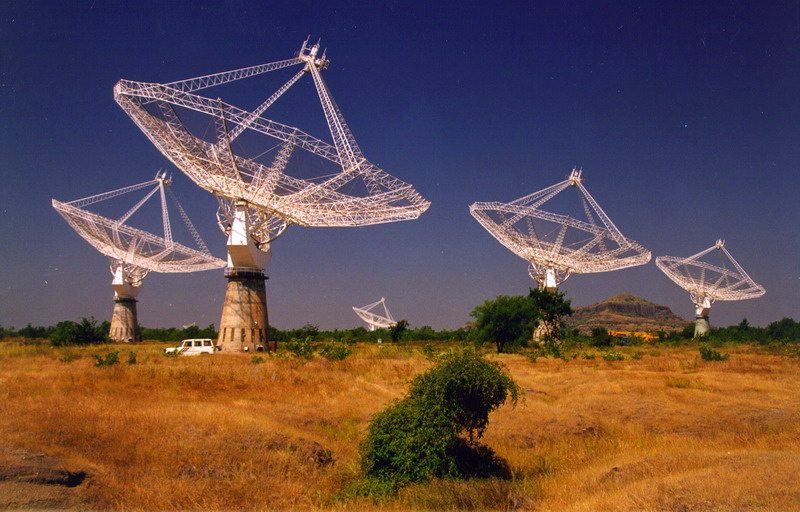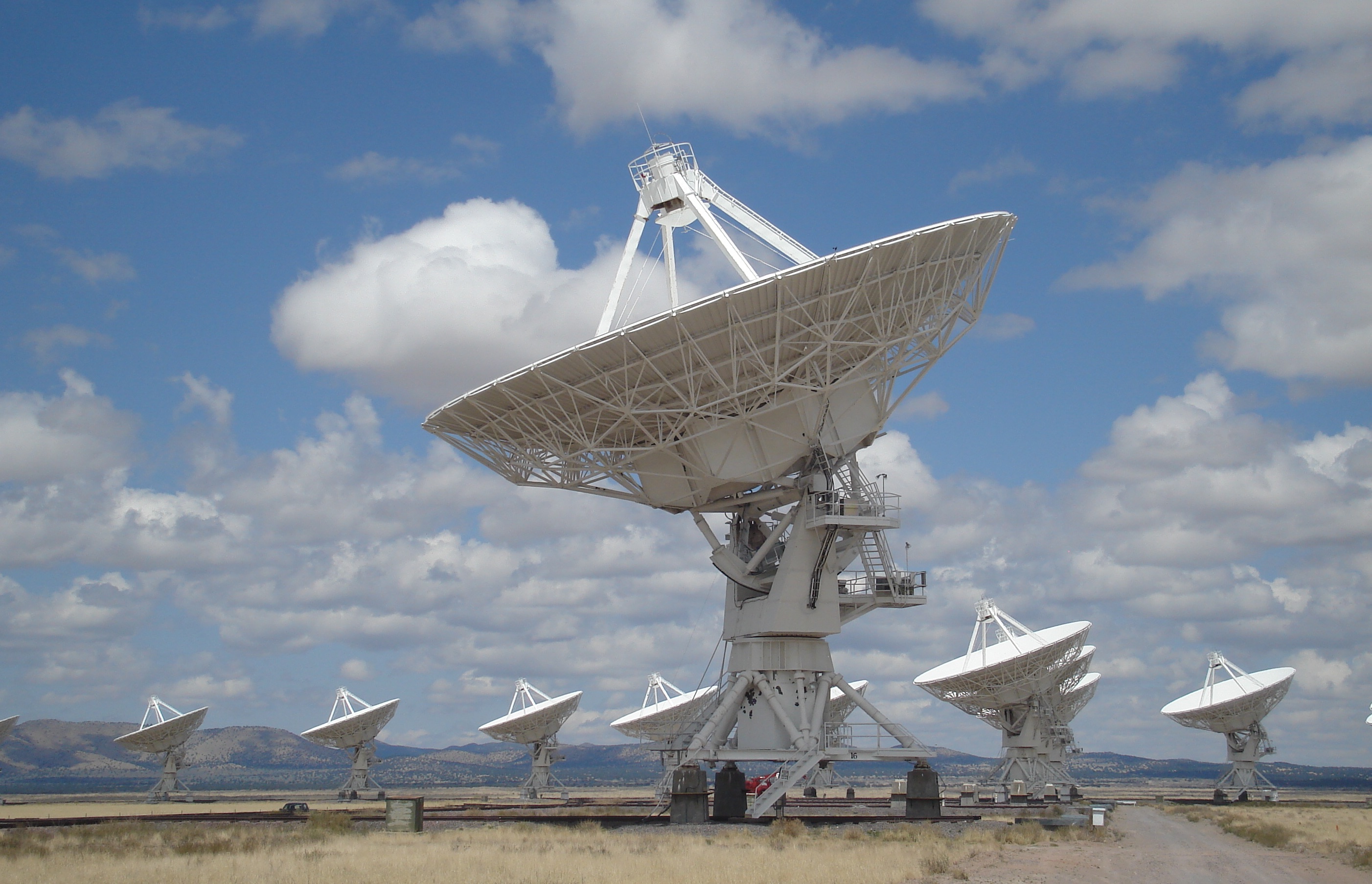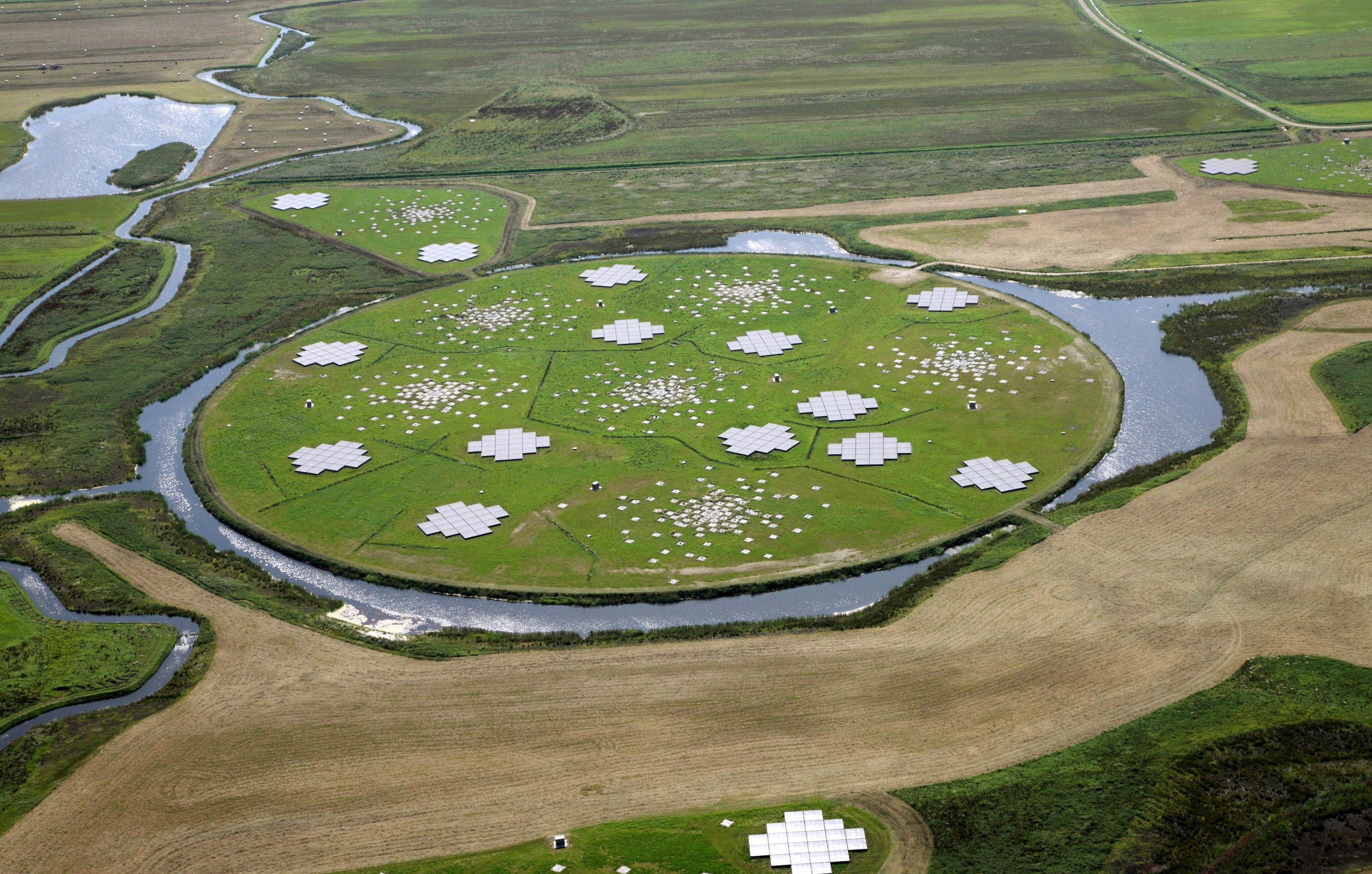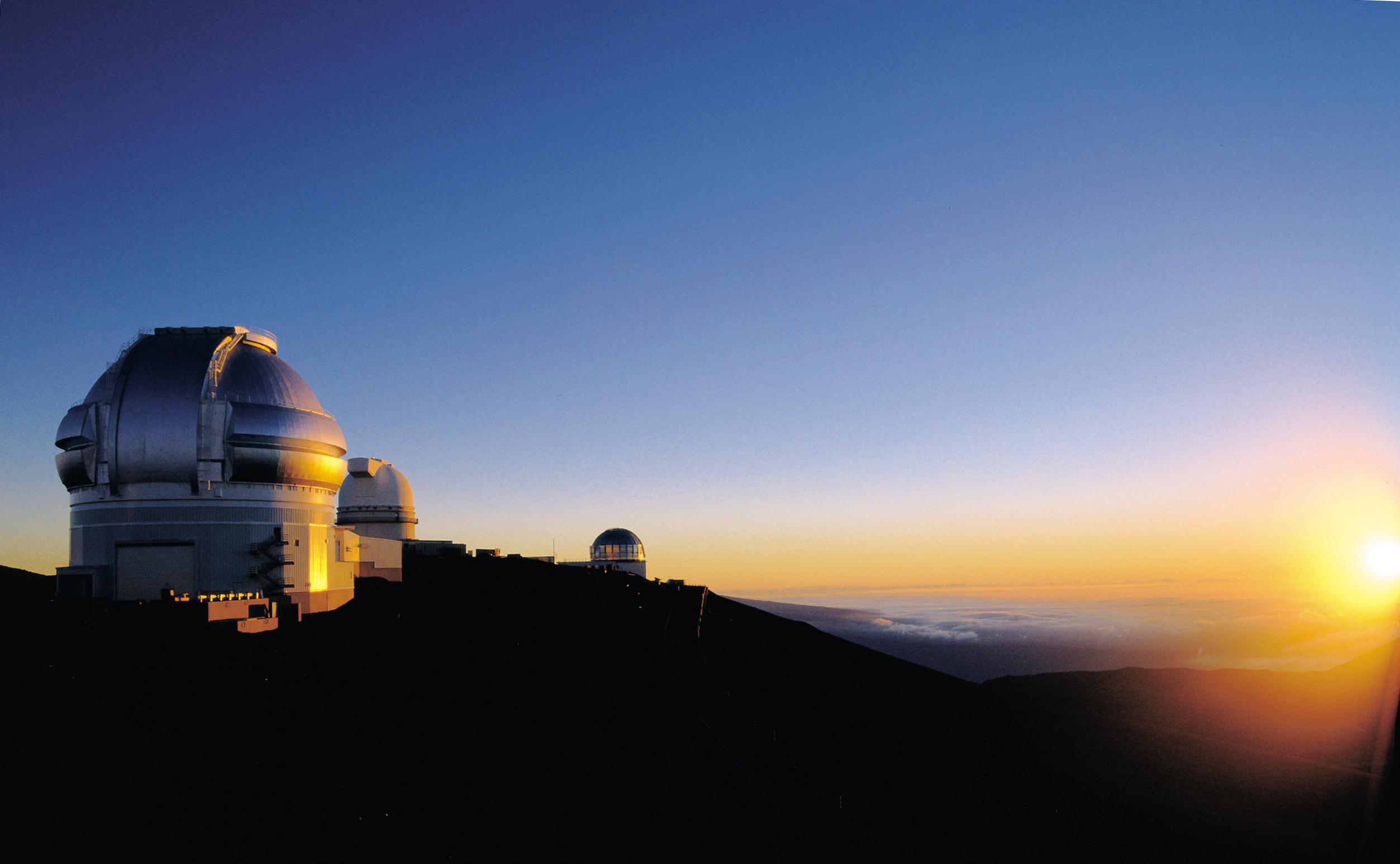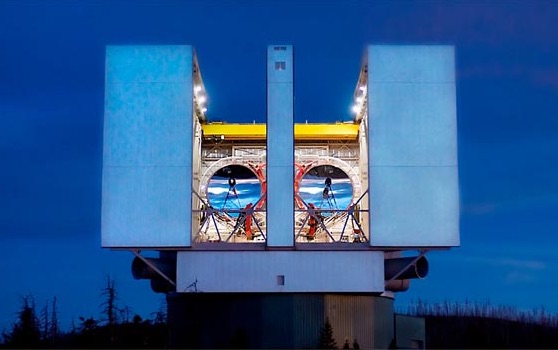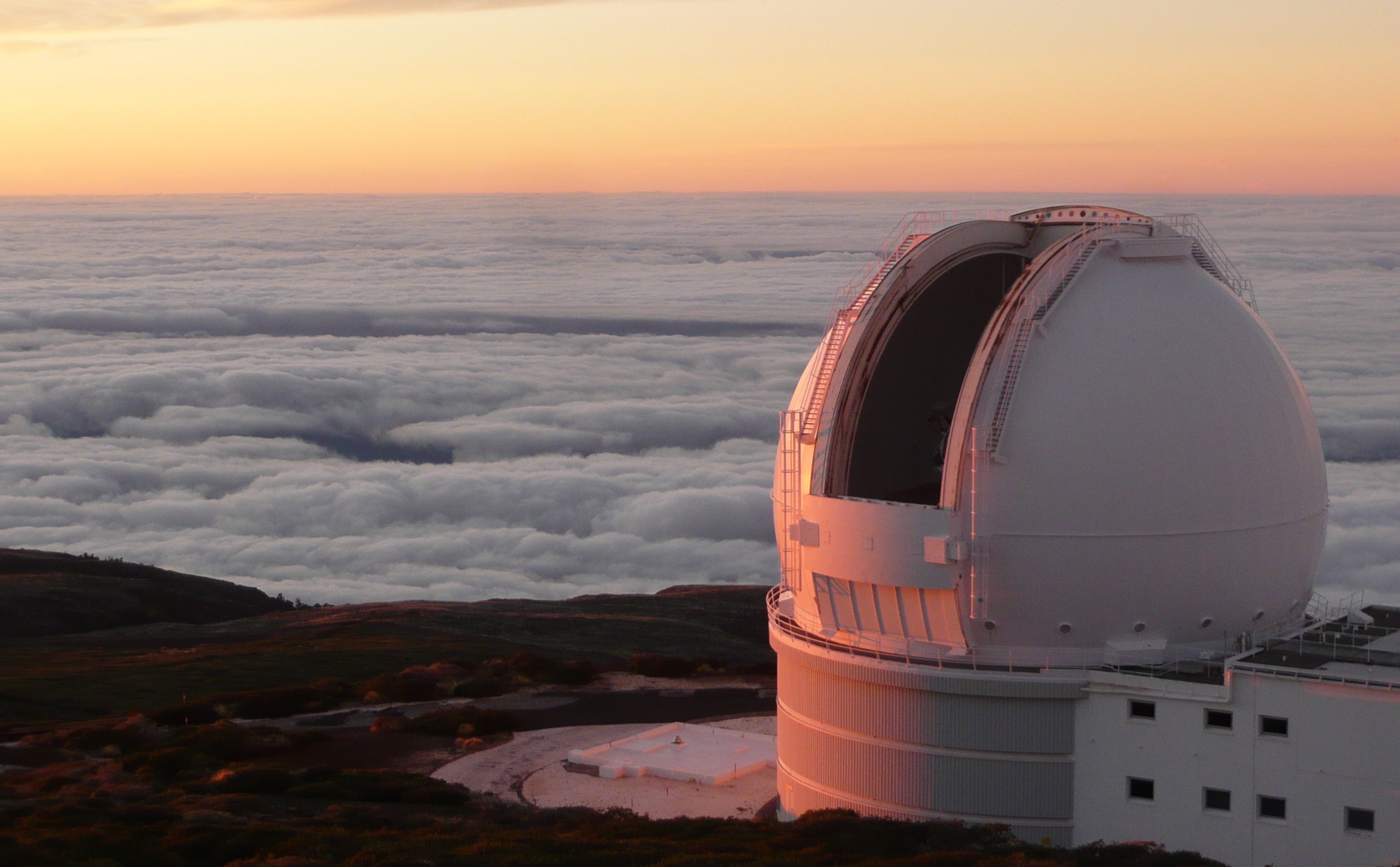Hello World!
I am a Postdoctoral Research Fellow in the First Light research group at University College London (UCL). The main focus of my research is to study the evolution of the physical properties of distant galaxies and supermassive black holes through multi-wavelength observations using both ground and space-based telescopes.
I am interested in studying the nature of high-redshift (distant) galaxies that are in the very early stages of their evolution. As a member of the VANDELS and LACES collaborations, I am currently studying the underlying stellar populations and their ionising outputs in early star-forming galaxies. One of the fundamental challenges of modern astrophysics is to determine when and how the Universe made a phase transition from neutral to ionised (the epoch of reionisation), and my research is aimed at addressing this challenge.
I am also interested in studying distant active galaxies powered by active supermassive black holes in their centres. In addition to spectroscopy, I am using multi-wavelength data ranging from X-rays to radio waves to study the impact that active black holes and exotic stellar systems such as X-ray binaries have on their host galaxies and the surrounding inter-galactic medium.
I am now looking forward to using the revolutionary James Webb Space Telescope to study galaxies and active black holes in the early Universe in unparalleled detail, with two accepted proposals in Cycle 1 observations (one as Co-PI, one as Co-I)!
Research
Ionising photon escape from star-forming galaxies at intermediate redshifts
Young stars within galaxies in the early Universe are capable of producing a large number of Hydrogen ionising photons. The escape of these photons from these galaxies into the intergalactic medium is crucial to drive the process of reionisation within the first billion years of the Universe's lifetime. However, it is impossible to measure the escape fraction of ionising photons in the very early Universe due to near-complete absorption of these photons by the increasingly neutral intergalactic medium along the line of sight. Therefore, to obtain crucial measurements of the escape fraction of ionising photons that are necessary to understand cosmic reionisation, we must study the "analogues" of primordial galaxies.
I am interested in identifying the analogues of distant galaxies, and using imaging data from both ground-based and space-based telescopes, combined with sensitive measurements of the underlying physical properties of such galaxies to not only measure the escape fraction of ionising photons, but to obtain correlations between the escape fraction and galaxy properties that will help us better understand the drivers of reionisation. A pre-print reporting the latest results from this work can be found here:
No strong dependence of Lyman continuum leakage on physical properties of star-forming galaxies at 3.1 < z < 3.5, 2021
X-ray binary (XRB) populations in high-redshift star-forming galaxies
There is growing evidence that star-forming galaxies in the early Universe drove the bulk of the reionisation of neutral hydrogen within the first billion years of the Universe's lifetime. However, it is still unclear how many ionising photons were produced by massive stars in these galaxies and a class of high-mass binary star systems, which includes a stellar mass black hole accreting material from a companion high mass star, shining brightly at X-ray wavelengths, may play a role.
This paper focused on constraining X-ray activity in very distant galaxies powered by X-ray binary systems to estimate overall contribution to the photon production budget. A publication reporting the latest results from this work can be found here:
The VANDELS Survey: new constraints on the high-mass X-ray binary populations in normal star-forming galaxies at z = 3 - 5.5, 2021
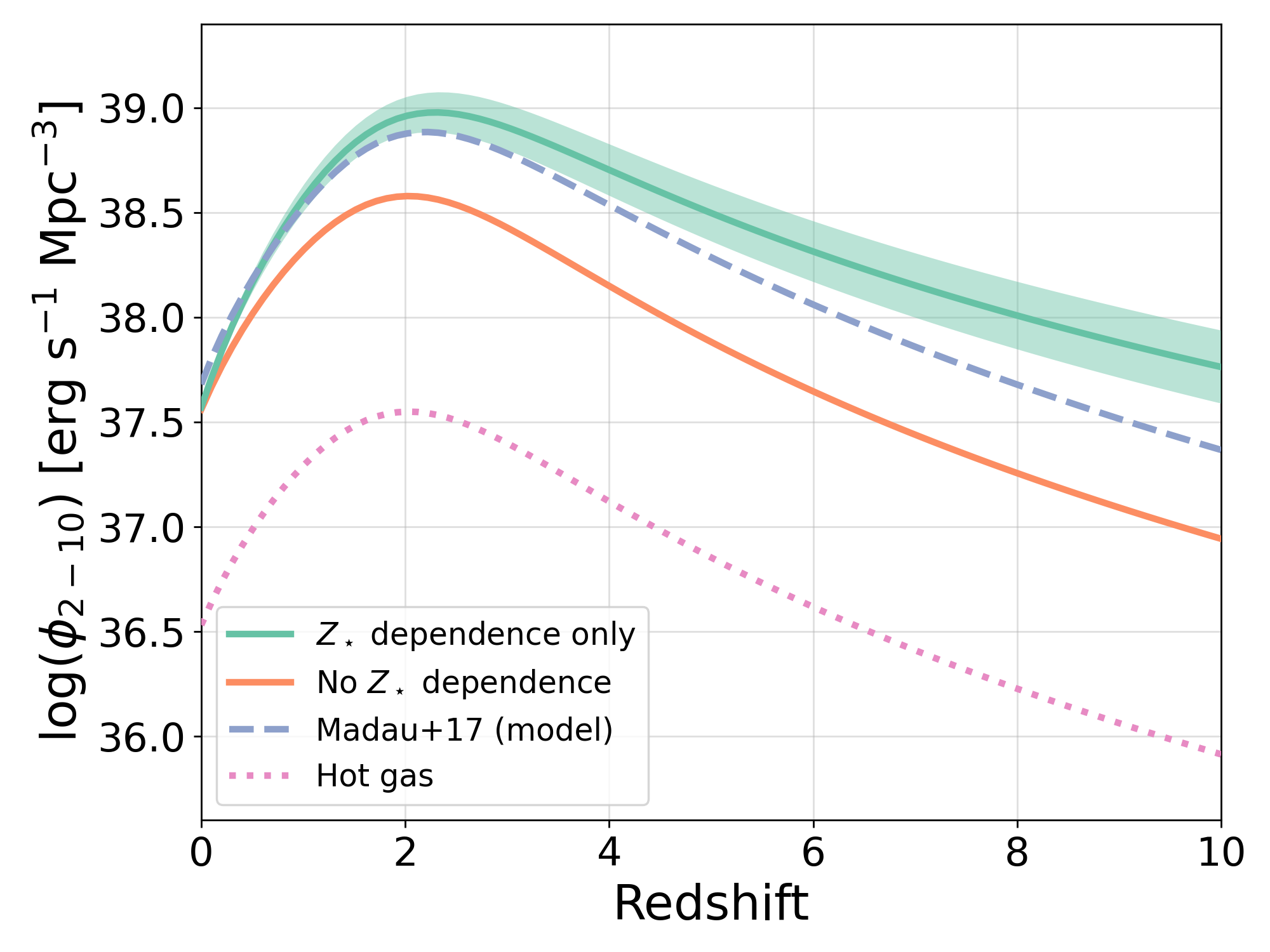
Physical properties of Helium II emitting galaxies in VANDELS
Galaxies in the early Universe that emit copius amounts of Helium II are likely to be dominated by very massive stars that have very few metals. Such galaxies represent a population of the first galaxies that may have formed in the Universe, and studying large samples can reveal the physics that dominates within the earliest galaxies to appear in the Universe.
The paper reporting the Helium II emitting galaxies from VANDELS can be found here:
The properties of He II λ1640 emitters at z = 2.5-5 from the VANDELS survey, 2020
Our follow-up work has investigated whether the presence of exotic stellar systems, such as interacting black hole and massive star binaries, or X-ray binaries, can power the bulk of He II emission that is observed in distant galaxies. The paper reporting these results can be found here:
X-ray properties of He II λ1640 emitting galaxies in VANDELS, 2020
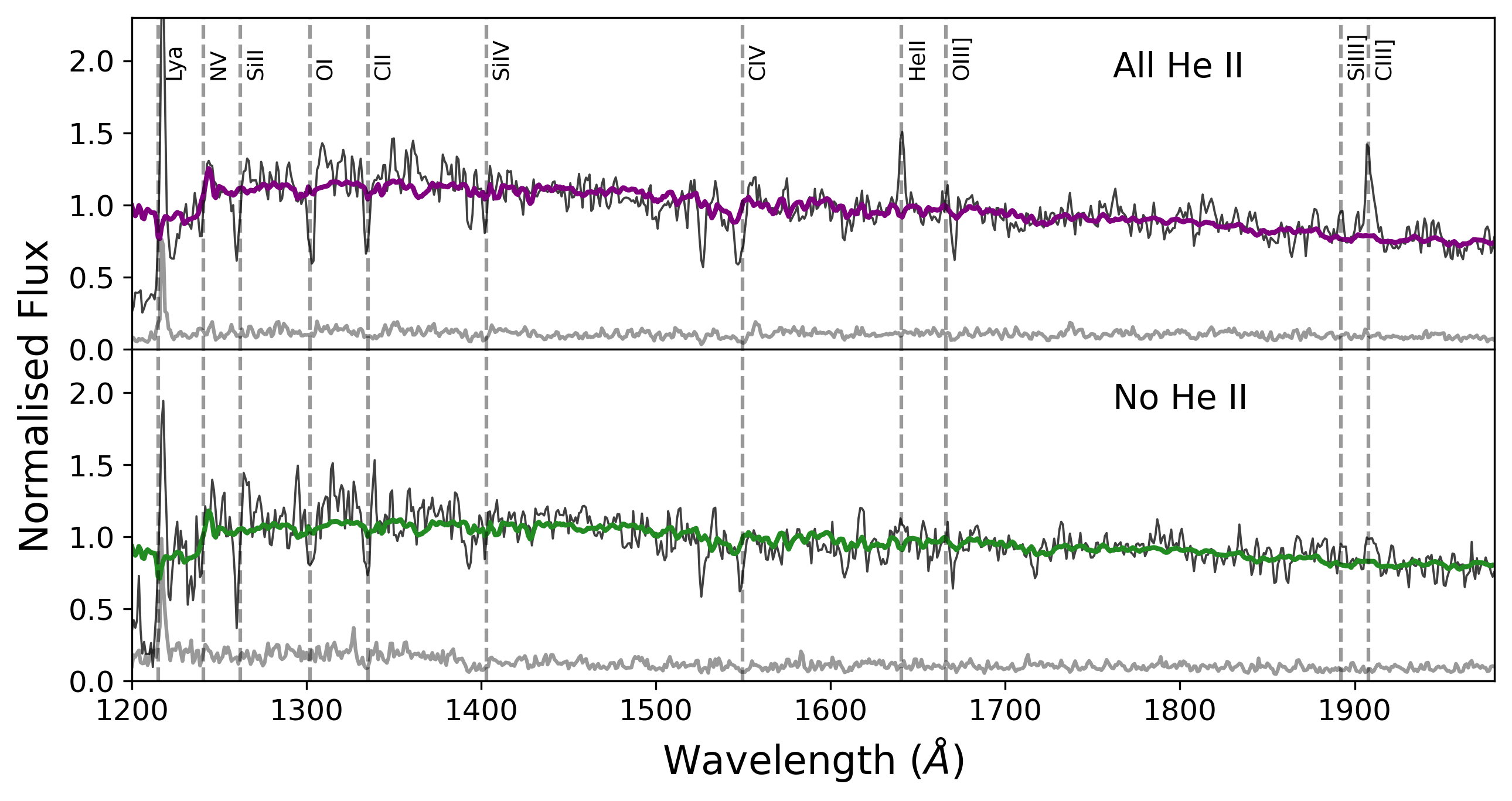
Discovery of the most distant radio galaxy to date
In June 2018, my research team discovered the most distant radio galaxy observed to date, named TGSS J1530+1049, at a distance of 12.7 billion light years away (redshift = 5.72)! In comparison, the age of the Universe is 13.6 billion years. Therefore, this is a galaxy that was formed within the first 7% of the Universe's lifetime! This discovery broke the distance record for a radio galaxy after almost 20 years. Radio galaxies are some of the most massive galaxies in the Universe and harbour a supermassive black hole in their centres that is actively eating up the gas and dust that surrounds it. Discovering such an object at such a large distance from us poses some interesting challenges about how and when the seeds of this galaxy and the supermassive black hole were sown, and how they evolved to be so massive in such a short period of time after the Big Bang.
The paper reporting this discovery has now been published in the Monthly Notices of the Royal Astronomical Society and can be found here:
Discovery of a radio galaxy at z = 5.72, 2018
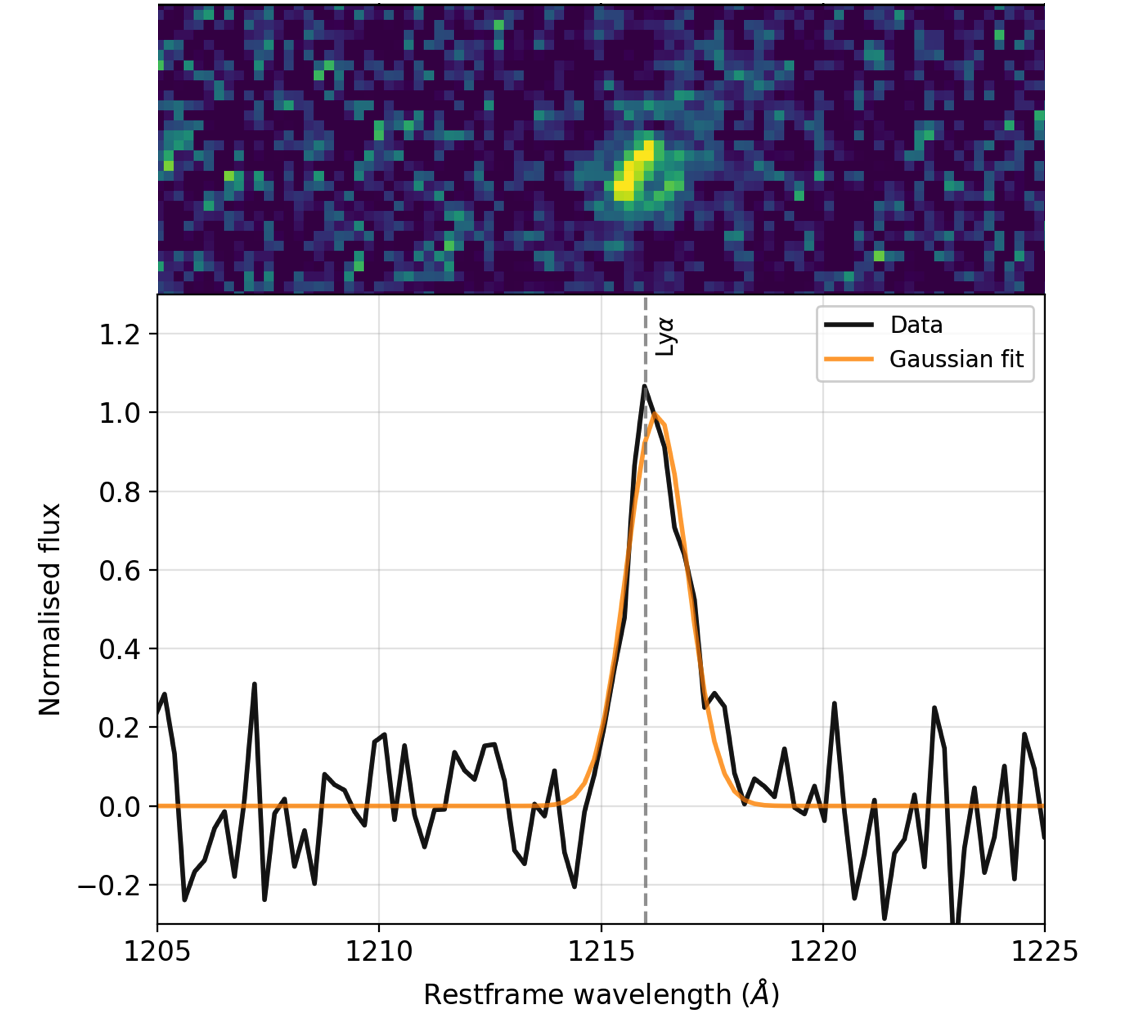
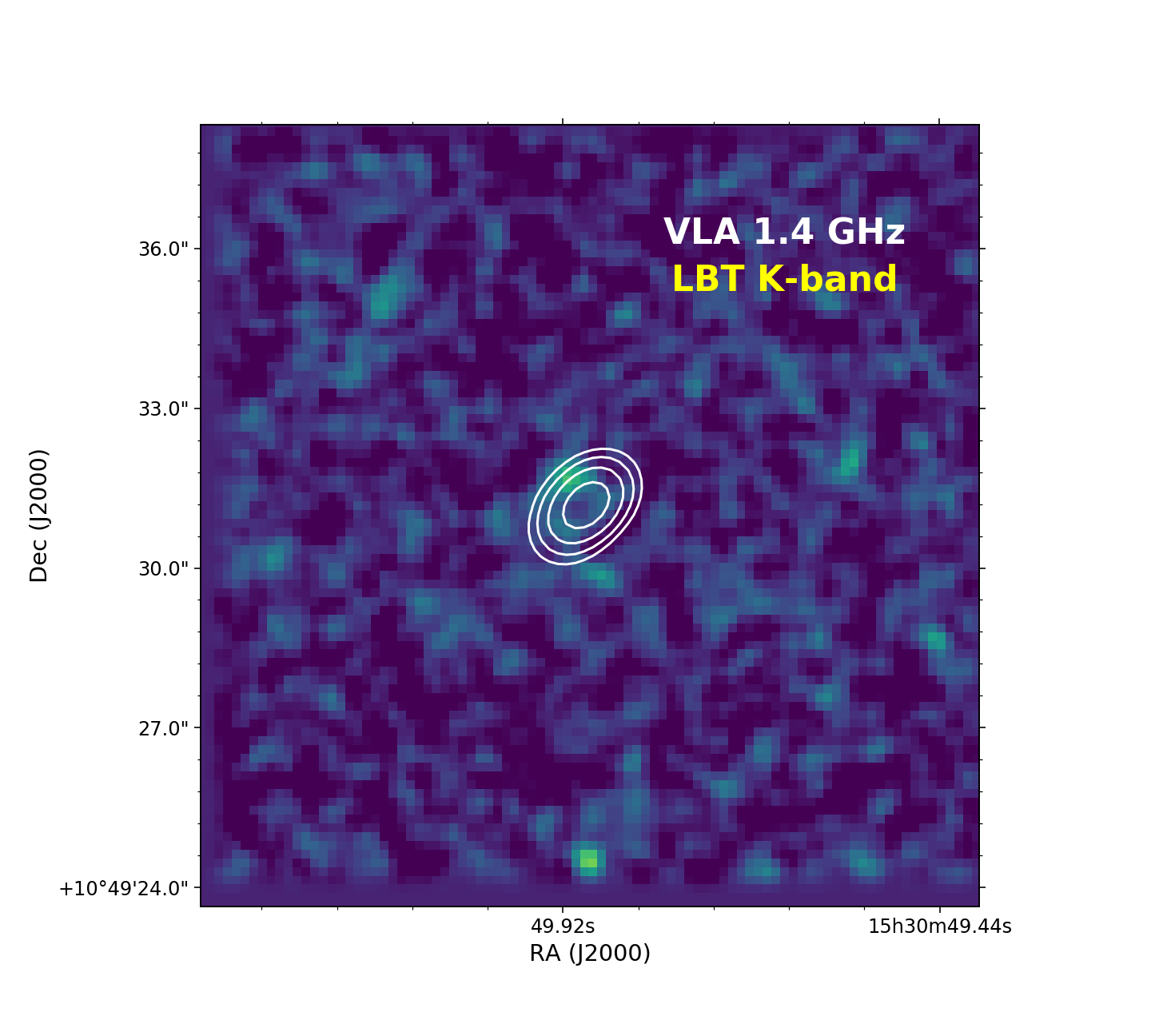
In the media:
Astronomy Now: Most distant radio galaxy, host to a voracious black hole, is found
Phys.org: The most distant radio galaxy discovered
Astronomie.nl: Astronomen ontdekken verst verwijderde radiostelsel ooit (Astronomers discover the most distant radio galaxy ever)
BBC Brasil: Radiogaláxia mais distante da Terra é descoberta com participação de brasileiro - e dá mais pistas sobre o Big Bang (Most distant radio galaxy is discovered with Brazilian participation - and gives more clues about the Big Bang)
Media INAF: Scoperta la radiogalassia più lontana (The most distant radio galaxy discovered)
Studying distant radio galaxies and quasars
We have started a large campaign to hunt for distant radio galaxies by taking advantage of the new all-sky surveys at low radio frequencies using telescopes such as the Giant Metrewave Radio Telescope (GMRT) in India, the Very Large Array (VLA) in USA and the Low Frequency Array (LOFAR) in the Netherlands and all of Europe. Early results from this project can be found here:
A search for faint high-redshift radio galaxy candidates at 150 MHz, 2018
In addition to studying these sources at radio wavelengths, it is essential to also observe them at optical and infrared wavelengths. As part of this project, we have been awarded observing time on telescopes all over the world to a) obtain spectra and determine redshifts of candidate high-redshift radio galaxies and b) observe our targets at near-infrared wavelengths to study the underlying stellar populations.
The telescopes being used for this project include the Hobby-Eberly Telescope (HET), Gemini North, William Herschel Telescope (WHT) and the Large Binocular Telescope (LBT). The paper reporting these observations has now been accepted for publication in the Monthly Notices of the Royal Astronomical Society and can be found here:
The nature of faint radio galaxies at high redshifts, 2019
During my PhD I also built a model capable of tracking the evolution of radio galaxies from first principles, and predicting the luminosity and size distribution of radio sources at any given epoch. This model included recipes for a host of physical phenomenon and the results can be found here:
Modelling the luminosities and sizes of radio sources: radio luminosity function at z = 6, 2017
Public engagement
Astronomy on Tap, Leiden, The Netherlands, August 2018
Astronomy on Tap, London, UK, April 2020
I also regularly give talks at amateur astronomy societies in and around London, as well as to schools and diploma clubs. I have also organised several events bringing artists and scientists together, using innovative media to disseminate scientific knowledge and stimulate discussions. If you would like to know more about my availability for public engagement talks or discuss outreach events, please get in touch via email given at the end of the webpage!
Short CV
Here you can find a short version of my CV:
Research positions
Postdoctoral Research Fellow, UCL, UK, March 2020 - present
Postdoctoral Researcher, INAF-OA Roma, Italy, Feb 2019 - Feb 2020
Education
PhD Astronomy and Astrophysics, Leiden Observatory, The Netherlands, 2014 - 2019
MSc Astrophysics, University College London, UK, 2014
First author publications
- X-ray properties of He II λ 1640 emitting galaxies in VANDELS, Saxena, A., et al., Monthly Notices of the Royal Astronomical Society (MNRAS)
- The properties of He II 1640 emitting galaxies at z ~ 2.5-5 from the VANDELS survey (2020), Saxena A., et al., Astronomy & Astrophysics (A&A)
- The nature of faint radio galaxies at high redshifts (2019), Saxena A., et al., MNRAS
- Discovery of a radio galaxy at z = 5.72 (2018), Saxena A., et al., MNRAS
- A search for faint high-redshift radio galaxy candidates at 150 MHz (2018), Saxena A., et al., MNRAS
- Modelling the luminosities and sizes of radio sources: radio luminosity function at z = 6 (2017), Saxena A., Röttgering H.J.A., Rigby E.E., MNRAS
- High-redshift radio galaxies at low frequencies (2018), Saxena A., Rottgering H.J.A., Astronomy in Focus, XXX IAU General Assembly
Some successful observing proposals
- JWST NIRSpec/IFU (Cycle 1), 2021, Co-PI, 24 hours
- LUCI MOS (Large Binocular Telescope), 2019/2020, PI, 11 hours
- MUSE (Very Large Telescope), 2018, PI, 8 hours
- XSHOOTER (Very Large Telescope), 2017, PI, 4 hours DDT
- William Herschel Telescope, 2017-2019, PI, 7 dark nights
- Very Large Array A-configuration, 2016, Co-I/contact person, 9+ hours of priority-A time
Contact Me
Here is where you can find me both physically and online.
Office Address
Physics and Astronomy,
North-West Wing,
University College London,
Gower Street, London WC1E 6BT
Email: aayush [dot] saxena [at] ucl [dot] ac [dot] uk
If you'd like to get in touch, either to find out more about my research or to complain about anything that you did not like on this website, why not send me an email on the address listed above?